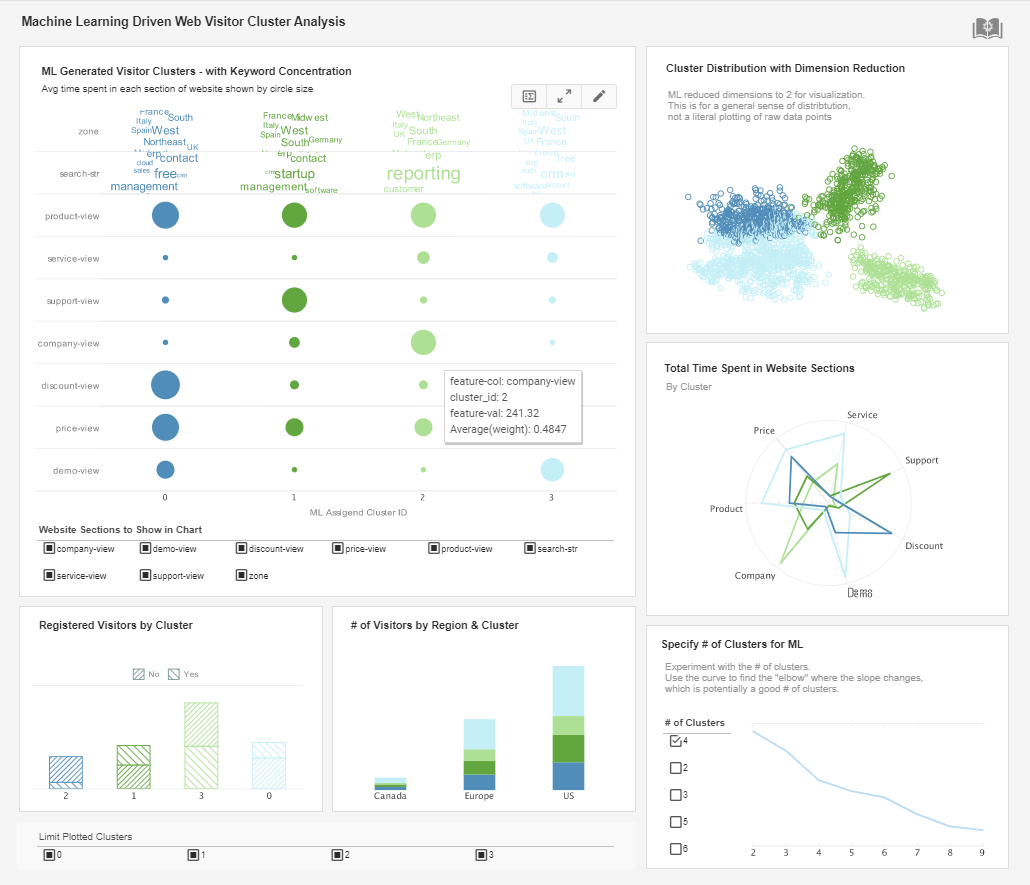The Future of Machine Learning Applications in Education
When most students hear about machine learning, they believe that it means that there is no teacher or some alien technology involved. In truth, things are more prosaic as the education system has only started implementing innovative machine solutions in practice. There are online video lessons and automatic guides that help students proceed through the course, yet machine learning goes further than that.
It also stands for mobile learning applications, video surveillance systems, and artificial intelligence, which are used on a daily basis. The future of such an approach is most likely to develop in terms of learning assistance and providing help akin to what a physical teacher offers. It will always evolve according to human needs, yet it should not be seen as a substitute for existing practices or an actual psycho-social interaction between educators and students. The key is to implement machine learning wisely and study the benefits.
How Machine Learning Enhances The Educational System
While there are complex medical solutions that are beyond the scope of learning tools, the most obvious machine learning trend of the future lies in speech recognition and text processing instruments. Think about how Grammarly lets you check any document for things like grammar, spelling, style, and structure to understand how much space there is to explore.
There are also voice assistants that machine operators, drivers, and busy individuals use all the time when they need to find crucial information or check the facts. Although the use of services like Cortana or Siri seems natural these days, machine learning technology has come a long way to make it accessible and simple in use.
One more example of future technology with machine learning involved is a risk monitoring system, which sifts through large amounts of information to find similarities and highlights any events that look risky. It also involves artificial intelligence algorithms that help match students with the best experts in a particular field according to specified parameters.
Another aspect of artificial intelligence that will make the news in the future is a way how machine learning is implemented in vehicles and general transportation. We all start our learning process with the driving instructor but once we are left on our own, there is not much a person can do. A helpful solution that instantly comes to mind is a current offer by the Tesla company.
The examples include motion detection, high sensitivity sensor systems, and deep learning technologies that function based upon self-education. If it sounds too complex, think over Python programming or Java scripts where actions change according to a situation. In this way, the user does not have to follow a specific route but is free to function within a natural environment.
A more complex function of machine learning that is currently used in the educational system, especially in Engineering courses, is computer vision. Starting from simple image recognition to text analysis and processing of how a person does a certain task, a computer with relevant devices recognizes whether a specified task is followed to a letter. Practical examples include aircraft pilots, data scientists, programmers, architects, and all kinds of engineers who train themselves with the help of diverse simulators.
Machine Learning Shadowing Education
One compelling example of applied machine learning in a higher education institution is the use of predictive analytics to enhance student retention and academic success. By leveraging machine learning algorithms on historical student data, colleges and universities can develop predictive models to identify at-risk students who may be prone to dropping out or experiencing academic difficulties. These models analyze various factors such as past academic performance, attendance records, demographic information, and socio-economic backgrounds to identify patterns and predict future outcomes. With this insight, institutions can intervene proactively by providing targeted support services, personalized academic advising, and early intervention programs to help at-risk students stay on track and succeed academically.
Another example of applied machine learning in higher education is the use of intelligent tutoring systems to enhance learning outcomes and personalize the educational experience for students. Intelligent tutoring systems employ machine learning algorithms to adapt to individual learning styles, preferences, and proficiency levels, providing tailored instruction and feedback in real time. These systems analyze student interactions, responses, and performance data to dynamically adjust the difficulty level of exercises, recommend relevant learning resources, and identify areas for improvement. By incorporating machine learning into tutoring systems, higher education institutions can create more engaging, interactive, and effective learning environments that cater to the diverse needs of students and promote deeper understanding and mastery of course material.
Machine learning is increasingly being applied in research and academic fields within higher education institutions to advance knowledge discovery, scientific inquiry, and innovation. For example, researchers in disciplines such as bioinformatics, genomics, and materials science use machine learning algorithms to analyze complex datasets, identify patterns, and uncover hidden insights that may not be apparent through traditional statistical methods. Machine learning techniques such as deep learning and natural language processing are also used to analyze large volumes of scholarly publications, patents, and scientific literature to facilitate literature reviews, citation analysis, and trend identification. By harnessing the power of machine learning, researchers can accelerate the pace of discovery, generate new hypotheses, and make breakthroughs in their respective fields.
Higher education institutions are increasingly adopting machine learning-driven tools and technologies to streamline administrative processes, optimize resource allocation, and improve operational efficiency. For instance, universities use machine learning algorithms for admissions and enrollment management to predict applicant yield rates, optimize recruitment strategies, and allocate financial aid resources more effectively. Additionally, machine learning-powered chatbots and virtual assistants are deployed to enhance student services, provide instant support, and automate routine tasks such as scheduling appointments, answering inquiries, and providing campus information. By embracing machine learning across various aspects of operations and administration, higher education institutions can improve service delivery, reduce costs, and enhance the overall student experience.



